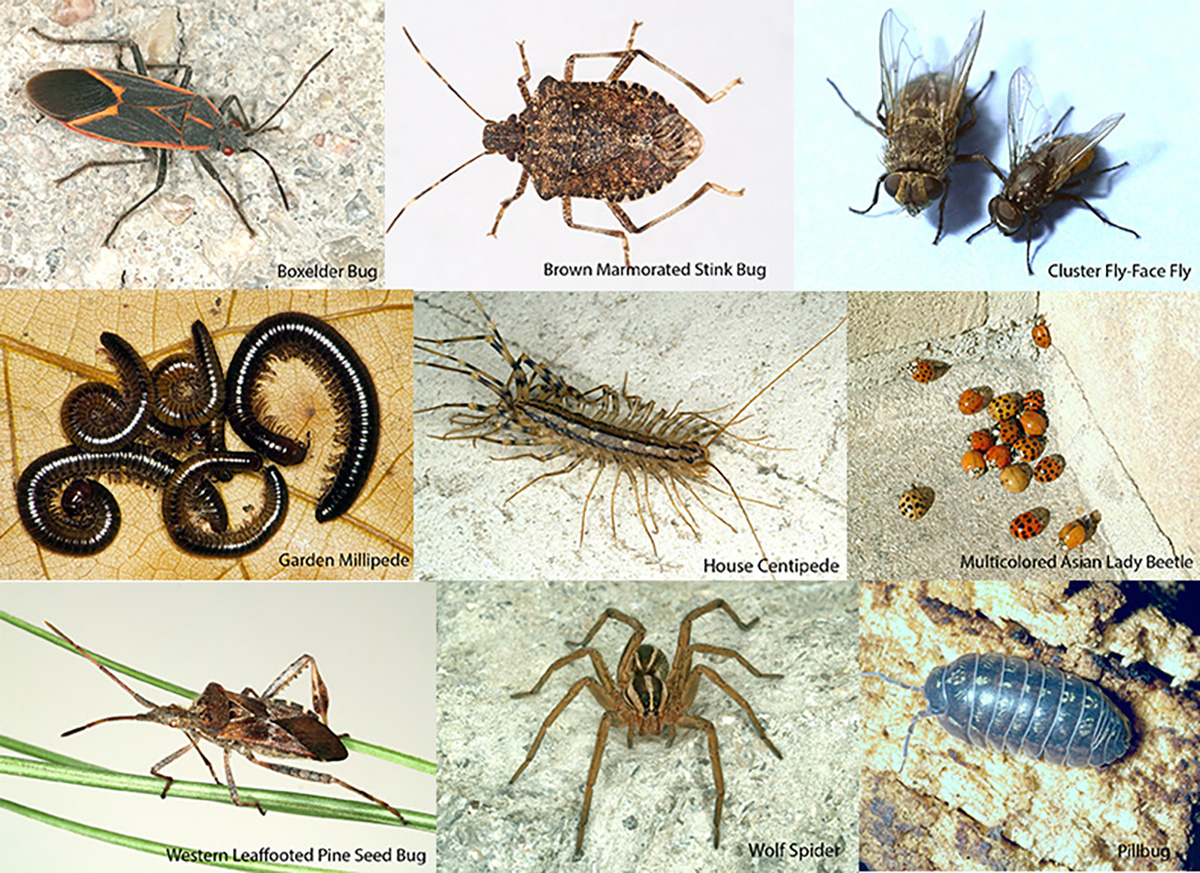
By Kait Chapman, Extension Educator in Lancaster County
Fall is here! And with it comes lower temperatures and less food for insects, spiders and other arthropods that typically spend their time outdoors. With these seasonal changes, these animals will start to look for places to hide, including your house, garage or shed.
There are many different insects you can encounter inside your home this time of year; here are the most common invaders and what you can do to prevent and manage these unwanted guests.
The good news is most of these invaders are simply seasonal nuisances. They pose little threat to human health or damage to the home. There are several things you can do.
PREVENTION
• Seal up holes around the house with caulk.
• Ensure proper screens are in place.
• Ensure doors seal properly.
• Use glue traps indoors near windows and doors.
• Use a perimeter insecticide around the exterior of your home.
It is important to note that perimeter insecticide sprays are only effective for “crawlers” like spiders, millipedes and crickets. Insects like true bugs and lady beetles often avoid and bypass perimeter treatments by flying up to structural openings. Insecticides must be applied before or while pests begin to enter the building to be effective — so timing is key. When using pesticides, always be sure to thoroughly read and follow label directions.
GETTING RID OF THEM
If you do find yourself with one too many uninvited house guests in your home, the simplest way to rid yourself of them is to vacuum up any that you see, discard the vacuum bag contents and follow the above preventative steps.
Do you have questions or need help identifying an insect? Nebraska Extension in Lancaster County offers free insect and pest diagnostic services, including identification and management recommendations. Contact our office at 402-441-7180 or email photos to kchapman13@unl.edu.
FOR MORE INFORMATION
Nebraska Extension has more resources at:
• https://lancaster.unl.edu/pest
• https://communityenvironment.unl.edu/pests